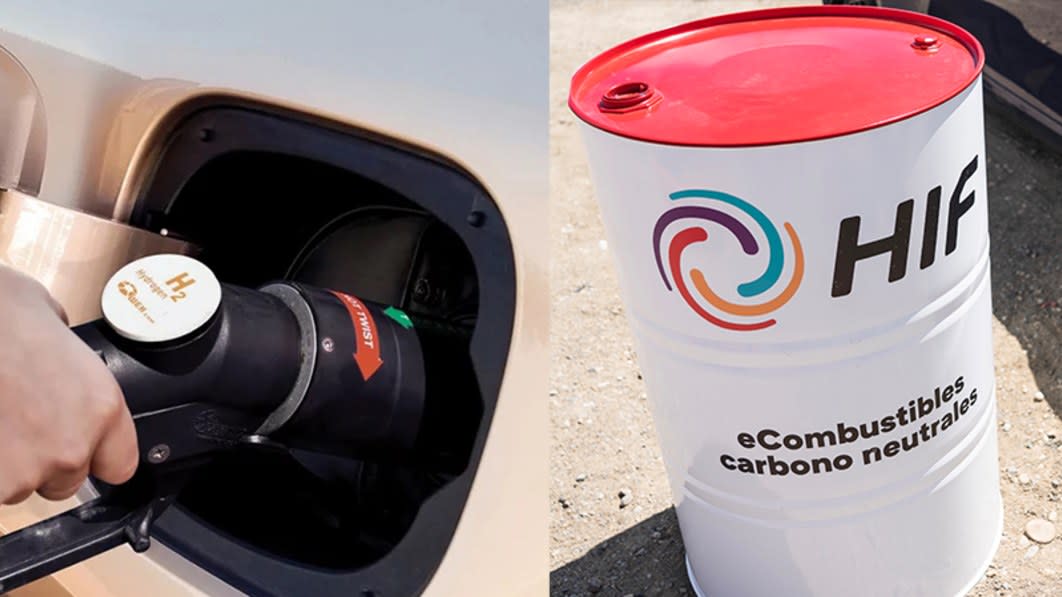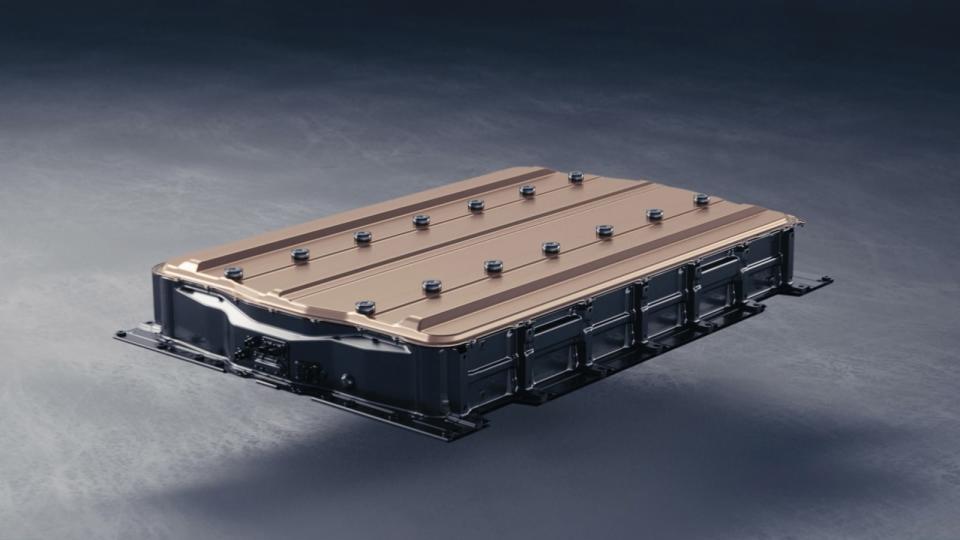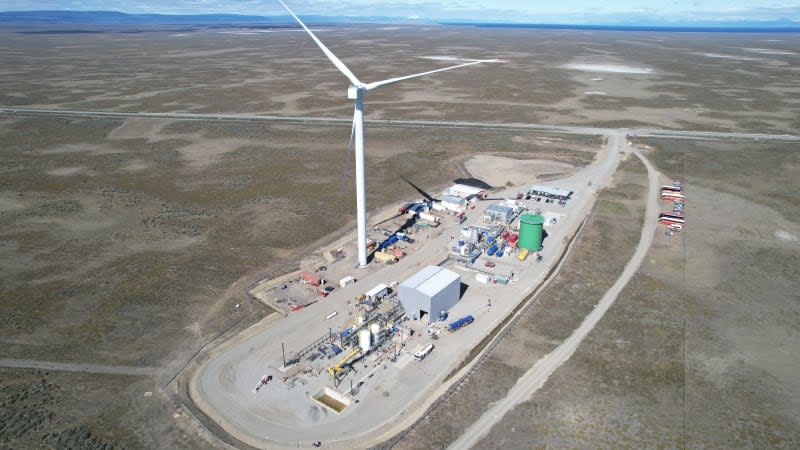Opinion: Let’s pursue a many-pronged approached to clean transportation

It’s clear EVs are the favored route toward more climate friendly fleets. It’s easier to name the many brands that have a planned date to go all electric than the ones that haven’t. Yet, there are still some foot-draggers. Toyota, for instance, has been slow to move away from reliance on internal combustion engines, and it has gotten plenty of flak for it. And some automakers have kept hydrogen in the mix as an alternative to battery-electric vehicles. Lesser talked about, but now inching its way into the spotlight thanks to entities like Porsche and Formula 1, is carbon-neutral synthetic fuel. So what’s the right path to take?
Why not all of them?
Battery electric vehicles sure seem like they’re the front-runner here, and with the improvements in both the range capabilities and the breadth of EV offerings arriving on scene now and on the horizon, I don’t expect that to change. They’ve already proven their viability as an easy and cleaner way to go about one’s daily driving duties. Even with public charging infrastructure lagging behind where it should be, it’s easy enough to live with an EV without relying on DC fast chargers, with home charging capable of providing the vast bulk of the needs for most EV owners for most trips. That’s great for homeowning suburbia and the few lucky apartment dwellers that have a parking space with charging access.
But the best option for most people won’t be the best option for all people. Many of us don’t have access to a charger at home. The urban environments where EVs operate most efficiently and where range limitations are less of a concern are also where dwellers have the hardest time charging during off hours. Whether they’re parking in a communal lot or, even less ideal for finding a plug, on the street, keeping a full battery requires more frequent use of that lackluster public infrastructure. Those with regular long drives, especially in rural areas, are also left behind.
Then there are those of us who simply love the sound of an engine and the engagement of a clutch, some of us with cars older than we are in the garage, who might feel forsaken by the automakers who seemingly just want us to buy one of their new electric products as our hobbies and passions become obsolete.



Clockwise from top: GM's Ultium battery pack; Porsche's wind-powered e-fuel pilot plant; Bosch hydrogen electrolysis and storage rendering
That’s where I find the e-fuel approach interesting, if not totally promising. It’s easy to dismiss the idea, seeing how quickly EVs are proliferating. But it’s not just for the sanctity of the joy of propulsion by controlled detonation that entities like Porsche are pursuing it. There are other benefits, too. The infrastructure for convenient distribution is already there, at the many gas stations the world over. We don’t have to wait for the development of vehicles that can use synthetic fuel, as they already make up the majority of what’s on the road. If automakers want to develop carbon-neutral liquid fuels compatible with what’s already in your garage, what’s the worry? Even if you think it’s unlikely to succeed, it doesn’t hurt to let them take a shot at it (unless you’re a shareholder concerned about the financial risk of such a venture).
Finally, let’s talk about hydrogen. Clean hydrogen feels like even more of a pipe dream. As it stands, it’s not easy to produce it cleanly. Though the tailpipe emissions are mere water vapor, hydrogen is currently produced largely from fossil fuels. Sometimes that involves capturing and storing the hydrogen (in which case the product is called “blue” hydrogen), and sometimes that carbon is released into the atmosphere (“brown” and “grey” hydrogen, then, depending on whether it comes from coal or natural gas, respectively). The cleanest “green” hydrogen is made via electrolysis using renewable energy, which is still limited, and, at that point, why not just put the electricity directly into a car’s battery and cut out the middleman for efficiency’s sake?
There are two parts to this answer. For one, hydrogen shows promise for transportation beyond the scope of passenger cars. With fueling infrastructure in place, it would well-suited to commercial transport, especially long-haul trucking, but has potential for industries like aviation and shipping, where energy density and refueling times matter more. It can also be used in the production of those synthetic fuels we spoke of earlier.
Secondly, in a future where renewables like wind and solar provide more of our energy, hydrogen provides a better long-term storage solution than batteries. Excess energy from these intermittent sources could be used to electrolyze water into hydrogen. From there, it can either stored for later or transported to where it’s needed. Whether it’s used in hydrogen-powered vehicles or stationary fuel cells, that excess energy could be deployed in situations where batteries aren’t practical due to weight, temperature, storage duration or grid access.
Of course, not every automaker needs to pursue every path, be it batteries, e-fuels or hydrogen. But I’m glad each of those strategies is in play across the industry, despite the current prevailing wisdom that battery-electric vehicles will “win out” over the others. Pursuing the alternatives helps future-proof the automotive and energy industries, casting a wider net for practical applications. And, yes, decades from now we might even still get to fill the gas tank in our classic car and still hear the snarl of an engine without the carbon footprint of the past.
Related video:
You Might Also Like



